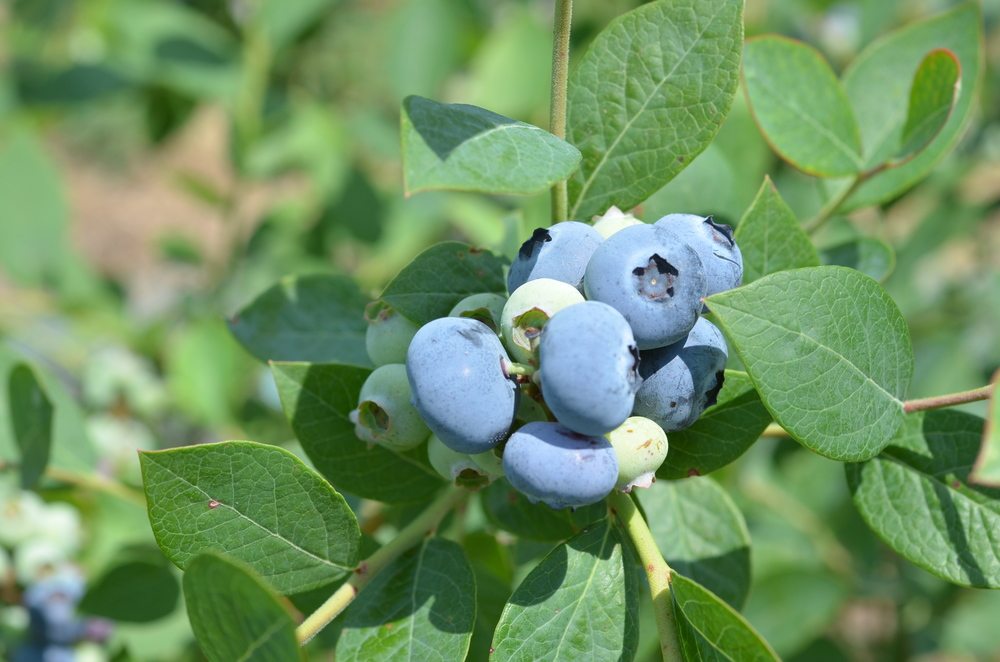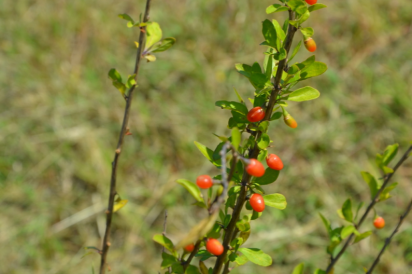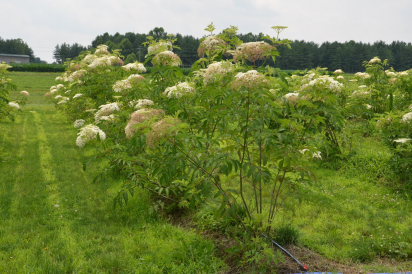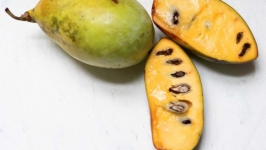Super Berries in Ohio
For 22 years, Dr. Gary Gao has been working as an associate professor and extension specialist at The Ohio State University’s College of Food, Agriculture and Environmental Sciences. Currently, he is seeking funding and conducting research on an extraordinarily nutritious and trendy fruit known as the super berry. I sat down to talk with him about cultivating these delicious berries in Ohio.
Q: What made you interested in researching and growing super berries?
A: Super berries are very fascinating since they have a very high antioxidant content and many health benefits. Many of the super berries or super fruits can be grown in Ohio. Blackberries, blueberries, raspberries and strawberries are super fruits that have grown in Ohio for quite some time.
Q: How many varieties of super berries do you cultivate?
A: We are working on quite a few different plant types, such as aronia, Chinese goji berries, elderberries, in addition to blackberries, blueberries and raspberries. We have gathered six different varieties of elderberries, two varieties of aronia and two varieties of Chinese goji berries. We have also collected and planted at least 12 blueberry varieties, 10 varieties of blackberries and at least six raspberry varieties.
Q: What's the difference between elderberry, aronia and goji berries?
A: Aronia is commonly known as black chokeberry and is more closely related to apples. It is also a common landscape shrub with glossy leaves and edible fruits. Elderberries are also a landscape shrub and have clusters, or cymes, of purple or blue berries. Elderberries can be used in baked goods and wine. Chinese goji berries are used like raisins; there are black and red goji berries. Red ones are more readily available in Chinese grocery stores.
Q: What is the Super Berry Project?
A: Our Super Berry Project is funded by [the] Ohio Department of Agriculture through a specialty crop block grant program. The goal of the project is to identify new super berry crops and market opportunities for fruit growers and refine propagation and production techniques for expansion, diversification and sustainability of super berry production. The concept of super berries is gaining popularity among consumers and growers. [For example] the elderberry acreage in Missouri went from zero to 127 in 14 years, while the aronia acreage in Iowa went from zero to more than 500 acres in a similar period. Emerging super berries, such as aronia berries, elderberries and goji berries, present a unique opportunity for new and existing growers since these berries are high in antioxidants and can be grown in Ohio, based on our observations.
Q: When did super berries become a popular health trend?
A: More and more people are getting interested in [the] health benefits of fruits and vegetables. The “baby boomer” generation is a prime example. As they age, they are seeking out foods that could prevent cancer, reduce inflammation and improve their heart health. Another main reason is the local food movement: more and more consumers are purchasing locally. They put a higher premium on locally grown fruits and vegetables. With people’s desire for foods with health benefits and the local food movement, there is an excellent opportunity for Ohio farmers to grow super berries or super fruits.
Q: Studies say that super berries are known for being rich in antioxidants and their significant nutrient quotient. What kinds of nutrients make these berries super food?
A: Quite a few nutrients or phytochemicals can play a role. Vitamins C and E could be the targeted phytochemicals. Anthocyanins are another large group of phytochemicals. They are the chemicals that are responsible for blue, purple and red colors in fruit. Numerous studies have demonstrated the effect of anthocyanins on killing cancer cells and cancer prevention. Lycopene is another important phytochemical, it gives fruits and vegetables a red color.
How can farmers and growers get started growing super berries?
It is essential that farmers test their soil’s pH, lime index, nutrient status and drainage to determine which super berries they are able to grow. Gary encourages farmers to come talk to him or other project personnel for suggested varieties and plant types. He believes it’s smart to start out small and then gradually expand over time.
“There are several nurseries where growers can obtain plants,” Gary says. “Since birds like these super berries and super fruits, bird netting is a must and should be figured into the total cost of the production.”
Both new and existing growers can call Dr. Gary Gao at 714-289-2071, ext. 123 for more information.











